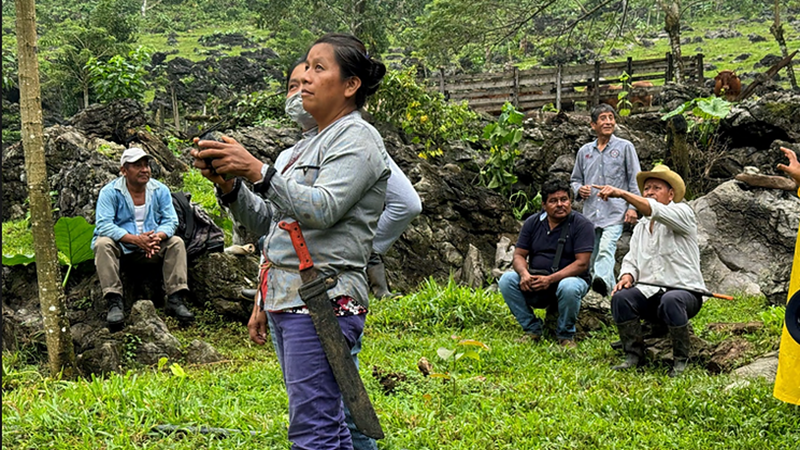
Baffour Gyimah Kwame Owusu
The Value of Combining Conventional Knowledge with Modern Solutions.
Most Read Stories Today
-
Water Scarcity and Artificial Rainfall: The Positive and The Negative Effects of Cloud Seeding, including Health Hazards and Climate Implications.
-
Renewable Energy in Rural Areas: Challenges, Opportunities, and Successful Rural Projects
-
Pakistan's Agriculture at Risk Due to Climate Variability
-
South Africa's Recent Floods: Is Climate Change to Blame?
-
South Korea's floods: root causes and prevention strategies.
-
South Africa: Cape Town, A City Under Fire
-
The Human Cost of Climate Disasters
-
Our Oceans, Our Future: The South African Dilemma of Overfishing
-
Degenerative Impact of Hydrocarbons On The Environment.
-
Sustainable Urban Planning - Copenhagen and the Path to Climate Resilience
Nature is a gift that keeps giving. But when continuously triggered it stalls and returns provocative plagues. The recent constant recess in the various industries explains the displeasure of nature with our actions. Humanity is up against a tight timeline to address these setbacks.
In many parts of the world, changes are taking place as ecosystems come under increasing stress, testing the abilities of many natural systems to adapt. Despite the numerous initiatives that a growing number of people have taken to lessen carbon footprints and practice environmentally beneficial habits, there is still a lot of space for improvement. To halt and eventually reverse these losses, we must not work against the variables within the equation but instead engage with each one as a crucial part of the solution.
The conventional technique is often unfairly dismissed and wrongly labeled as outdated. Yet, within this framework lies a reservoir of collective wisdom, practices, and beliefs that have evolved over centuries. In fact, the insights gained at this level, so to speak, can often inform national and global level policy formulation.
Locals are repeatedly measured as the stake in amassing climate change decisions. But in this unfolding drama, they find themselves mostly cast as the protagonists pitted against the formidable antagonist of climate change. Underscoring the need to encourage their opinions in unraveling these existing setbacks. There is no disputing the idea that climate change solutions are most effective when they are conceived from local conditions.
Most modern initiatives are embedded in local communities and require local buying to work. Coordination serves as a powerful antidote to the duplication of efforts, it is only right we utilize the advantage of these synergies. In situations where engineering is in play with local instincts, inhabitants are able to provide a careful mapping of the land spatial and the details of the dynamics of other natural resources like plant life.
They are able to provide designs that reflect local conditions. It is important that engineers work with them and tap into their knowledge accumulated over centuries of interaction with the ecosystems that surround them to coherently understand the issue at hand. This information gives the balance in securing the right itinerary to utilize. Highlighting how prominent it is to integrate traditional knowledge with modern solutions.
Incorporating traditional knowledge with modern solutions has back-to-back proven to be ideal. A perfect paragon to set us in motion is the story of Parangtritis in Indonesia and the Lukaya River project in the Democratic Republic of Congo. These projects were deeply rooted in a blend of local and modern remedies. Indigenous grass and plants complemented with gray infrastructures were used to stabilize slopes along the river and deal with other mishaps, while also creating opportunities for sustainable agroforestry. The binding power of incorporating indigenous plants and engineering structures was underscored in these projects, giving emphasis to the prominence of installing both formulas in local exercises.
In other to undertake projects, stakeholders can improve the chance of success by working with indigenous knowledge and modern solutions. It is essential to maintain a perspective that innovation does not always involve the elimination of existing variables and the creation of entirely new ones. Traditional knowledge, as a reservoir of wisdom, practices, and beliefs can play a pivotal role in addressing the challenges life has bestowed upon us. When seamlessly integrated into contemporary algorithms and solutions, traditional knowledge becomes a powerful tool for unraveling problems. It is time we embrace and recognize the value and prominence hanged around this harmonious integration and work as a cohort to harness the potential for a better world.

Terms & Conditions
Subscribe
Report
My comments